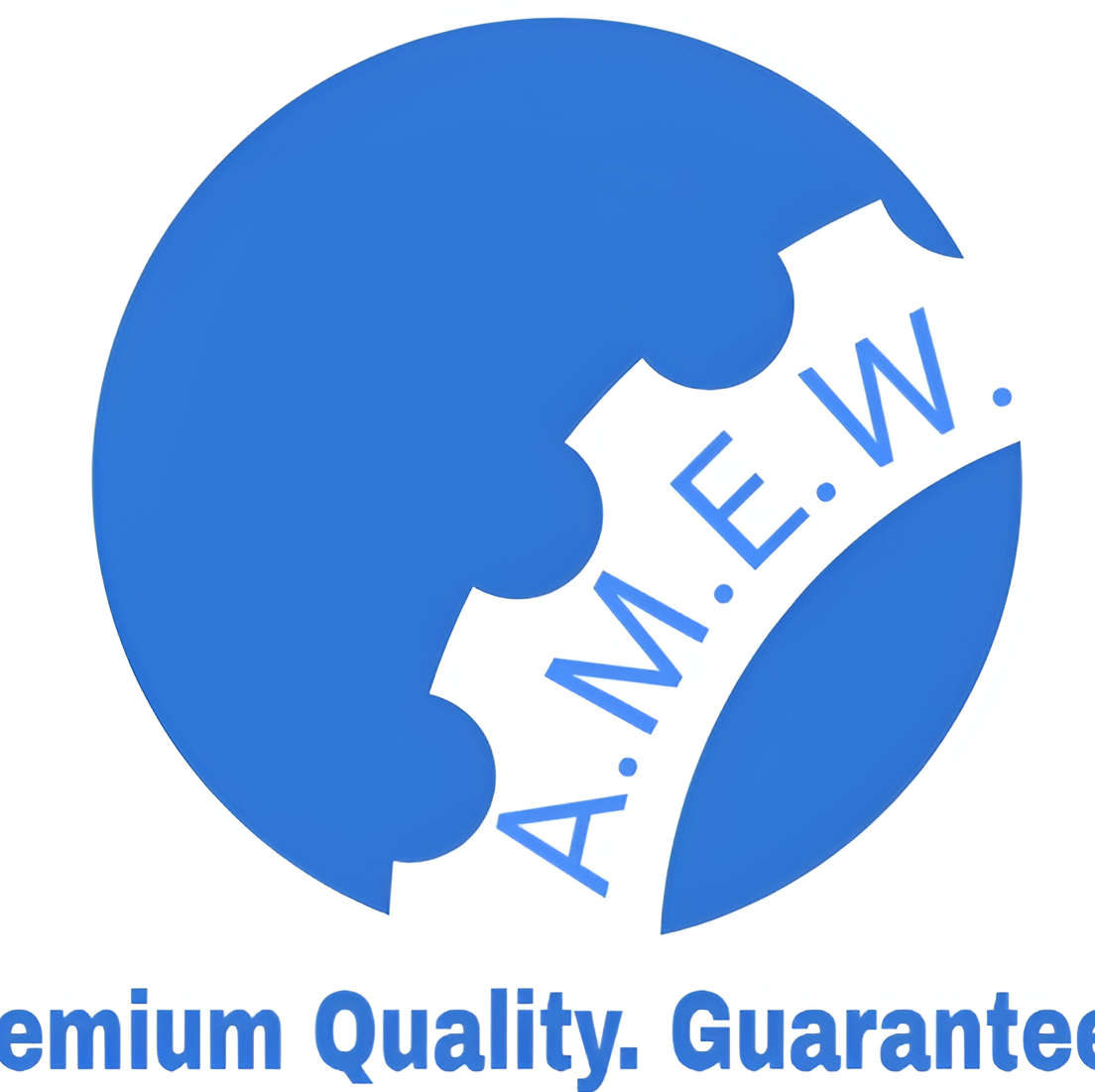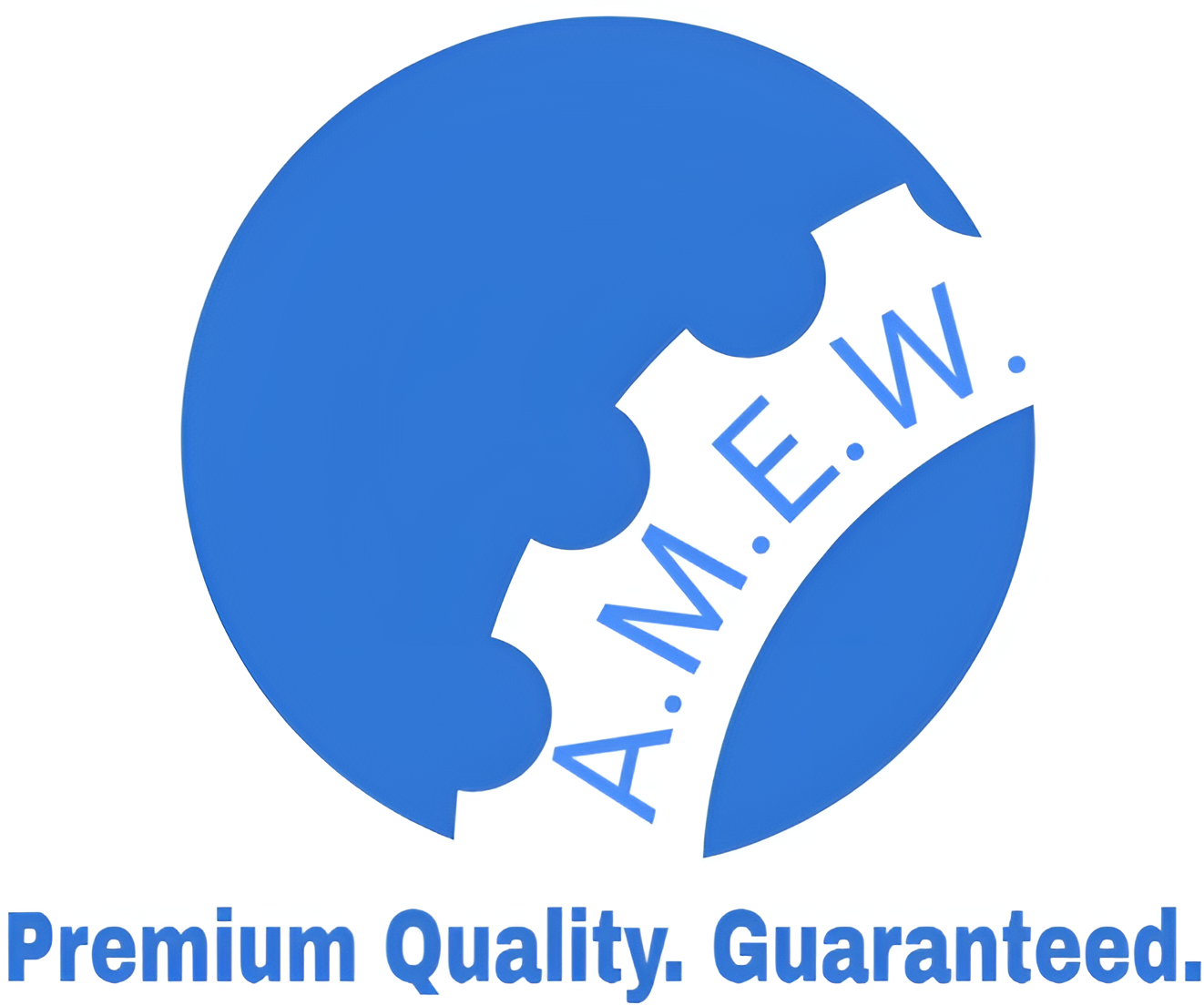The Comprehensive Guide to 3LPP Coated Pipes
From their unmatched durability to excellent corrosion resistance, 3LPP coated pipes are revolutionizing pipeline technology. But how exactly do these pipes work, and why are they regarded as the gold standard across multiple industries?
This blog explores what 3LPP coated pipes are, the science behind their three protective layers, their applications, and why they are critical for industries requiring reliable pipeline solutions. By the end, you’ll learn why investing in 3LPP coated pipes is a decision you won’t regret.
What Are 3LPP Coated Pipes?
3LPP coated pipes are steel pipes coated with three distinct layers of protective material. The term “3LPP” stands for Three-Layer Polypropylene Coating, which provides a robust shield against environmental factors that commonly damage pipelines, such as corrosion, high temperatures, and chemical exposure. These layers enhance the operational life, efficiency, and safety of the pipelines they are applied to.
Benefits of 3LPP Coated Pipes
- Superior Corrosion Resistance: Protects against rust, an issue that can compromise the strength of steel pipes.
- Temperature Tolerance: Can handle extreme temperature variations, from freezing environments to high-heat conditions.
- Chemical Resistance: Ideal for pipelines transporting potentially corrosive elements like saltwater, crude oil, and gas.
- Longevity: Extends the lifecycle of pipelines, ensuring high cost-effectiveness for long-term projects.
Now that we’ve defined what 3LPP coated pipes are, let’s explore the science behind their protective technology.
Understanding the Three Layers of 3LPP Coating
The reliability of 3LPP coated pipes lies in their three specialized layers, each serving a distinct purpose to ensure maximum protection.
1. Fusion Bonded Epoxy (FBE) Layer
The first layer is a fusion bonded epoxy coating, which acts as the primary defense against corrosion. This layer tightly adheres to the pipe’s surface and provides the following benefits:
- Excellent electrical insulation, preventing electrochemical reactions that lead to rust.
- Strong bonding with the adhesive layer above to ensure overall coating integrity.
- Prevents moisture and air infiltration, critical for maintaining pipe durability.
Example: This layer is particularly beneficial in coastal pipelines, where exposure to saltwater accelerates corrosion.
2. Adhesive Layer
The adhesive layer, composed of a copolymer material, binds the epoxy layer to the top polypropylene coating.
- Ensures a strong, seamless connection between the layers.
- Acts as a shock absorber, preventing detachment due to external impacts or vibrations.
The adhesive layer’s role may not seem obvious at first glance, but its presence ensures that the entire coating system acts as a cohesive unit.
3. Polypropylene (PP) Layer
The outermost layer, made of thermoplastic polypropylene, offers the strongest level of durability and resistance. Its advantages include:
- Exceptional toughness to withstand mechanical damage and abrasion during transportation and installation.
- High resistance to chemicals, ultraviolet (UV) rays, and harsh weather conditions.
- Temperature resistance, making it ideal for use in both extremely cold and hot climates.
Pro Tip: The polypropylene layer is key to the long lifespan of 3LPP coated pipes, particularly in pipelines buried underground or exposed to harsh conditions.
Applications of 3LPP Coated Pipes Across Industries
Because of their versatility and reliability, 3LPP coated pipes are used across multiple sectors. Here are some examples of their applications in key industries:
Oil and Gas Industry
- Used extensively in subsea pipelines for transporting crude oil and natural gas.
- Essential for upstream and downstream pipeline systems due to their resistance to corrosive elements.
Water Supply Systems
- Safeguard water pipelines against rust, ensuring clean and drinkable water.
- Ideal for both urban and rural water distribution networks.
Chemical Processing Plants
- Transport chemicals and industrial byproducts without the risk of pipe degradation.
- Resistant to a wide variety of toxic and corrosive substances.
Construction and Infrastructure
- Used in underground piping systems for drainage or sewage transport.
- Highly durable, reducing the need for frequent repairs in long-term infrastructure projects.
Advantages of Using 3LPP Coated Pipes
The unique composition of the 3LPP system brings several advantages that make it the preferred choice over other pipe coatings like 3LPE (Three-Layer Polyethylene) or single-layer systems.
1. Corrosion Resistance
The combination of epoxy and adhesive layers ensures a robust shield against rust and electrochemical corrosion. This advantage is especially important in pipelines exposed to sea environments, acidic soil, or industrial waste.
2. High Durability
The outer polypropylene layer makes the pipes highly resistant to physical wear, including scratches, impacts, and abrasions during installation or transportation.
3. Chemical Resistance
Whether it’s saltwater or highly corrosive chemicals, the coating’s integrity remains intact, ensuring pipelines don’t degrade or leak.
4. Temperature Resistance
3LPP coated pipes function effectively in both freezing conditions as low as -40°C and high temperatures up to 110°C, making them versatile for various climates and operational conditions.
Installation and Maintenance Tips for 3LPP Coated Pipes
Want to get the most out of your 3LPP coated pipes? Follow these best practices for installation and maintenance to ensure long-term efficiency.
Installation Tips
- Avoid Abrasion: Use padded cradles or supports when transporting or handling the pipes to prevent the outer coating from getting scratched.
- Inspect Coating Integrity: Examine every pipe for any damages prior to installation, as even minor defects could compromise the coating’s protective properties.
- Use Certified Welding Techniques: Ensure proper welding methods are followed, especially near pipe joints to prevent unnecessary wear of the coating.
Maintenance Tips
- Regular Inspections: Perform routine external inspections to check for wear or exposure to corrosive elements.
- Mini Camera Probes: Use advanced inspection tools like camera-mounted probes for internal evaluations of the pipeline system.
- Repair Damages Promptly: If any section of the protective layer is compromised, seal or reapply the coating immediately to prevent further deterioration.
Why 3LPP Coated Pipes Are the Future
Pipeline technology is at the forefront of efficient resource transportation, and 3LPP coated pipes are leading the way. Their exceptional durability, adaptability to extreme conditions, and eco-friendly benefits make them the ideal choice for modern industries.
As global infrastructure grows, demand for reliable and high-quality pipeline systems will continue to rise. 3LPP coated pipes not only meet today’s challenges but are poised to exceed the standards of tomorrow’s pipeline technology.
If you’re looking to build a high-performing pipeline system, investing in 3LPP coated pipes is a decision that will protect your projects for decades to come.

